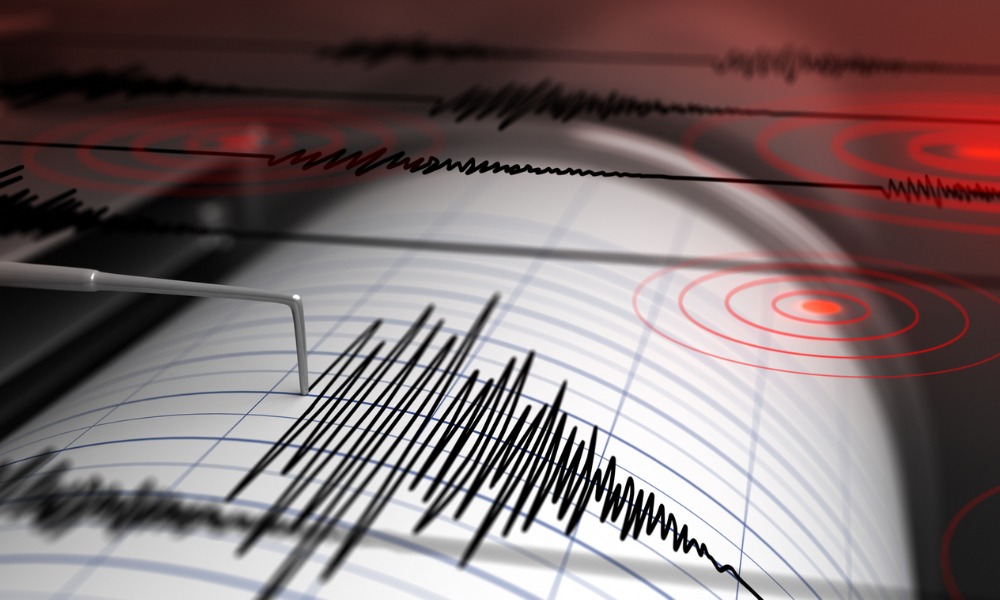EQC-funded study aims to transform seismic modelling worldwide

EQC-funded study aims to transform seismic modelling worldwide | Insurance Business New Zealand
Technology
EQC-funded study aims to transform seismic modelling worldwide
The study aims to improve resistance against earthquakes
Technology
By
Halee Andrea Alcaraz
A new EQC Toka Tu Ake-funded study into the geology of the Hamilton basin is looking to create groundbreaking 3D simulations that will transform seismic modelling for the Waikato and similar sedimentary basins around the world.
A team at Waikato University works to better understand the depositional environments and physical properties of the sediments that have filled the Hamilton basin over millions of years.
The research is aimed at more accurate predictions on how the ground will shake during earthquakes.
Dave Gardiner, one of the key researchers in the team, said in a statement that the Hamilton region has historically been understood as low-seismic risk. However, the construction of the Waikato Expressway revealed previously unknown fault lines that “escalated the importance of this research.”
The basin extends about 80 km from Ngaruawahia to Te Awamutu and 50 km from east to west with a depth of around 1.6 km.
According to Gardiner, the basin shape makes the Hamilton region susceptible to amplification of seismic waves, a phenomenon called the “basic effect.”
The area has a significant population and houses important infrastructure like roads, trains, gas and transmission lines.
Gardiner noted that it is “important to make this area more resilient” against earthquakes.
Dr. Nathalie Balfour, EQC head of research, said the commission is interested in the Waikato research because it primarily focuses on making the community more resilient.
“We cannot change the natural hazards we live with in New Zealand, but at EQC, we are working hard to better understand those hazards and look for ways to minimise their impact on communities and property,” Balfour said.
The Waikato team is using data from regional petroleum exploration in the 1960s and ‘70s to start computer modelling despite not having much detailed geological data to work with.
Gardiner said they digitally enhanced the data from the old records to extrapolate a stratigraphic interpretation down to the Jurassic age basement rocks under the Hamilton region.
About 36 million years ago, the region was submerged below the ocean so the basin now has marine and terrestrial sediments.
More recent deposits are from the Taupo Volcanic Zone, distributed by a braided and shifting Waikato River before it cut down into its current position, according to EQC.
Related Stories
Keep up with the latest news and events
Join our mailing list, it’s free!






